–
–
From Selcuk we travelled to Kusadasi where we met up with my aunt’s stepbrother who lives there with his wife. I’d never met Mark and Barbara before but we had a great time hanging out, ended up staying at their place that night and talked for hours over a couple of glasses of wine. Listening to my aunt’s family history I realise how interesting the people who I’ve grown up with are. When someone’s always been a part of your life you don’t really think about where they came from. Her mother is Greek and took part in the population exchanges between Greece and Turkey in the aftermath of the First World War. She ended up marrying a British man who is my aunt’s father but they divorced. My aunt’s mother remarried and Mark is her second husband’s son from a previous marriage. Apparently before the family was kicked out of Turkey my aunt’s grandfather built (or designed?) buildings for the Ottoman sultans which can still be seen in Istanbul today.
It was a good week for meeting interesting people in between our Roman ruin visits. Our base for visiting the UNESCO listed combination of Hierapolis/Pamukkale was Denizli where we couchsurfed. Yasin had contacted us and offered his house so we based ourselves there for a couple of nights and did a daytrip. His wife, Umran, and 1 year old daughter, Deniz, were lovely and we really enjoyed hanging out with their extended family. On our second night there he took us to a concert by a Turkish singer who has been living in exile in France since 1980. In that year Turkey had its third military coup (earlier ones in 1960 and 1971) and hundreds of thousands of people were detained, tortured, tried and blacklisted. Around 14,000 people were stripped of citizenship.
Pamukkale is probably one of the most recognisable images of Turkey along with the scattered stone heads of Nemrut Dag and Cappadocia’s fairy chimneys. It’s the white travertine terraces that you see filled with turquoise water, contrasted against a brilliantly blue sky and filled with scantily clad women. As is often the case with glossy tourism images the reality wasn’t quite as picturesque. The travertines were dirtier than expected, many of them empty of water, the sky was grey and I’m not that into scantily clad women anyway. Still, I enjoyed walking through them (shoes off) on our way out of the site. They were a lot more solid than the soft flowing lines and shapes would have you believe and after about 20 minutes of walking on the cold white stone a dip into the still tepid water was a welcome respite. But I’m getting ahead of myself.
We arrived at the north entrance and explored the site of Hierapolis before walking out through the travertines. The terraces are formed by hot calcium rich mineral water flowing down the hill and the city of Hierapolis was built as a spa city in the second century BC by the king of Pergamum. We visited the ruins of Pergamum a few weeks ago and learned that the entire kingdom was bequeathed to Rome when the last king died without an heir in 133BC. During the Roman era it was destroyed a couple of times by earthquakes and finally abandoned in 1334 after a particularly bad one. People came to bathe in the curative waters but, as the size of the necropolis confirms, there weren’t many miracles to go around. We walked through several kilometres of graveyard with tumulus tombs, stone sarcophagi and funerary buildings. Almost all of them showed signs of having been looted at some stage in the past, even the one which invoked penalties of disease, misfortune and punishment in the next life on anyone who violated the tomb, as well as the usual monetary fines.
In the city there were also temples to Greek/Hellenistic/Roman gods as well as Christian churches built during the Byzantine era of the Roman Empire. St Phillip, one of the 12 apostles, was apparently martyred here and a church was later built over the site of his tomb. There’s also a few other cathedrals and churches jostling for space with the Roman theatre and Temple of Apollo. There was an oracle here and it was believed that a nearby spring that released toxic fumes was its direct line to Hades (the underworld). The fumes can certainly take you to the underworld and even relatively recently curious tourists have gone the way of a cat and died from breathing them in. These days the hole is mostly sealed up but you can still stick your ear to it and listen to the bubbling and boiling.
Our next stop was another Roman ruin, Aphrodisias, which we could have done as an organised daytrip from Pamukkale. Unfortunately, this option only gave us about 2.5 hours at the site and, knowing ourselves, we figured we’d want longer. We were right. When we finally got there we spent 6.5 hours wandering around and would have stayed longer if we hadn’t been kicked out because the museum was closing. The ancient city was named after Aphrodite, the goddess of love, and a temple dedicated to her was the focal point of the city. Built in the first century BC it was funded by a local man who had been a slave of the Roman emperor but was freed. In 48BC Gaius Julius Zoilus returned home to Aphrodisias as a rich man with good personal connections in the capital. He played an important role in the development of the city and a number of the important buildings were built with his contributions. His generosity and status meant that he was appointed a priest of Aphrodite which, if the stories of orgies in homage to Aphrodite are to be believed, would have been a job with a unique type of job satisfaction. The temple was rebuilt as a Christian church around 500AD and images of Aphrodite were destroyed.
One unusual ruin at Aphrodisias was the stadium. We’ve seen plenty of semi circular theatres and odeons but this was a long, skinny stadium designed for watching athletic events. It measures 270m by 60m and is one of the biggest and best preserved in the classical world. It was awesome! After an earthquake in the 7th century damaged the city’s theatre, one end of the stadium was converted to stage events previously held there. We marched out of the tunnels where gladiators made their entrances and imagined the roar of the crowd. One of the best things about our visit to Aphrodosias was that we had the place almost to ourselves. A few tour groups came but they whizzed through and left us to explore pretty much undisturbed. Having seen the ruins we went to the museum where we were blown away by some of the carvings that have been found. Unlike many of the sites we’ve visited, Aphrodisias’ most impressive sculptures are still in Turkey, and having them so close to where they were originally found let us really appreciate how amazing a site it is.
The most impressive area of the museum was the part dedicated to the marble reliefs found in the Sebasteion. It was a temple complex built between AD20 and AD60 to celebrate the close relationship between the city and the Roman emperors. The incredibly well-preserved reliefs show almost life sized figures of Aphrodite, Roman emperors, the various races incorporated into the Roman Empire and Greek/Roman gods. In total there were around 200 reliefs and 80 of them have been recovered in excavations, many of them vandalised by early Christians. I’m finding it hard to convey how amazing the carvings were – it’s hard to believe that they’re nearly 2000 years old. They were so perfectly done, so amazingly well preserved and so rich in symbolism and mythology that it just smacks you in the face how advanced these ancient people actually were. Speaking of advanced technology, one of the male nudes befuddled the facial recognition on Brett’s camera. It turns out that two round things with a long straight thing down the middle isn’t always a face…
Yesterday we jumped a series of buses to get to Fethiye, back down on the coast. It’s home to a collection of Lycian tombs, Ionic temple facades carved into the rock face in the 4th and 3rd centuries BC. We scrambled up to some of them and poked our heads into the hollowed out rooms where sarcophagi once sat, but which are now home only to damp, smelly puddles and piles of rubbish. One, closer to the road and people’s houses, is being used as a garden shed. The most impressive one is the tomb of Amyntas, who was believed to be the king or governor of what was then the largest city in Lycia. Brett was dwarfed by the columns and the faux door, all carved out of the solid cliff face. Nearby was the ruin of a Crusader fortress, built by the Knights of St John in the 15th century, which we clambered up and looked down over the sunshine soaked blue water of the bay.
Our main plan for the next week is to do some hiking along the Lycian Way, a 500km long hiking path that connects Fethiye with Antalya. We won’t be doing much of it and as it seems difficult to find any good information on it we don’t really know what we’re doing but there are signs and villages along the way so we’ll see how we go.
Tags: Aphrodisias, Fethiye, Hierapolis, Kusadasi, Lycian tombs, Pamukkale, travertines
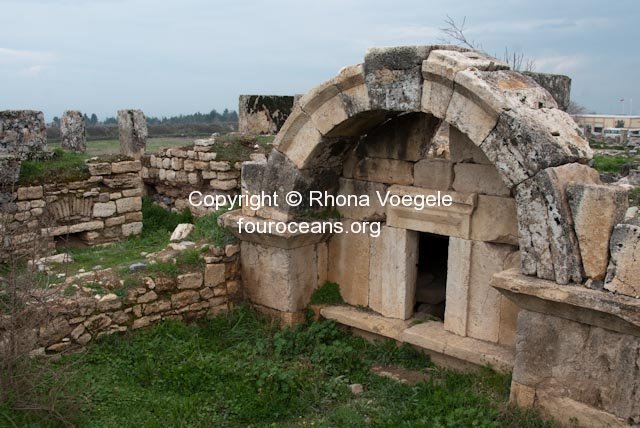
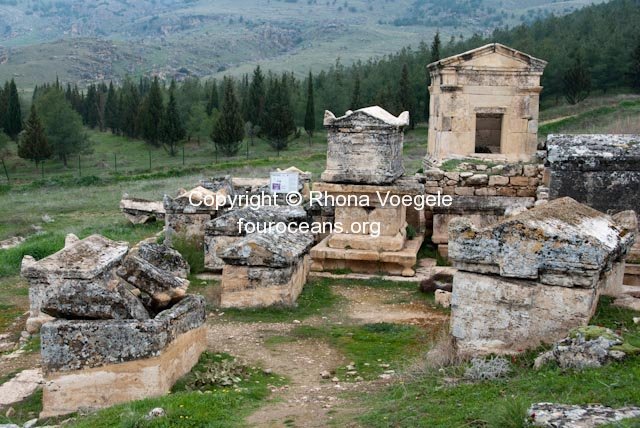
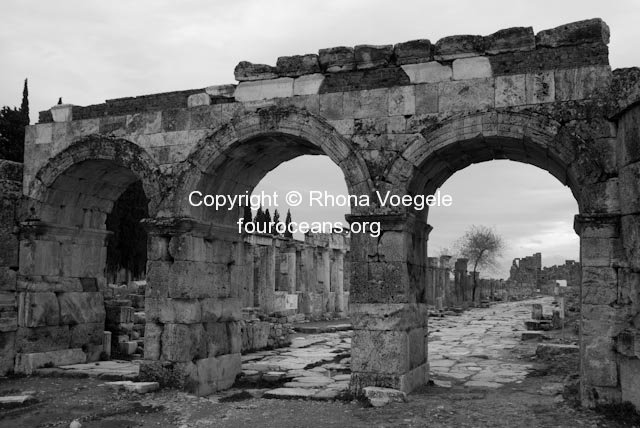
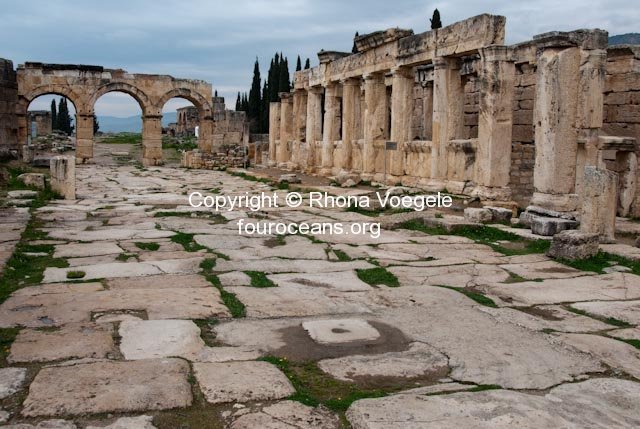
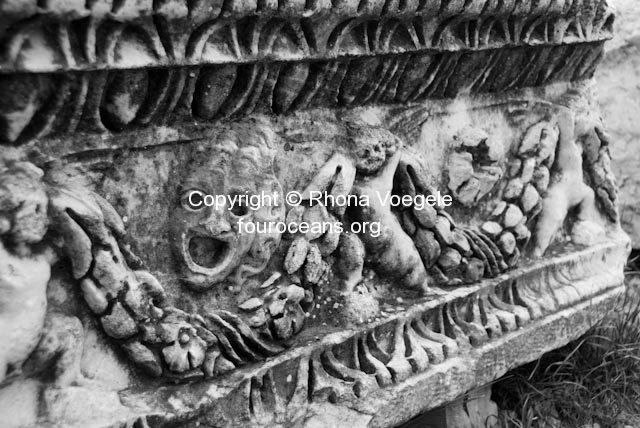
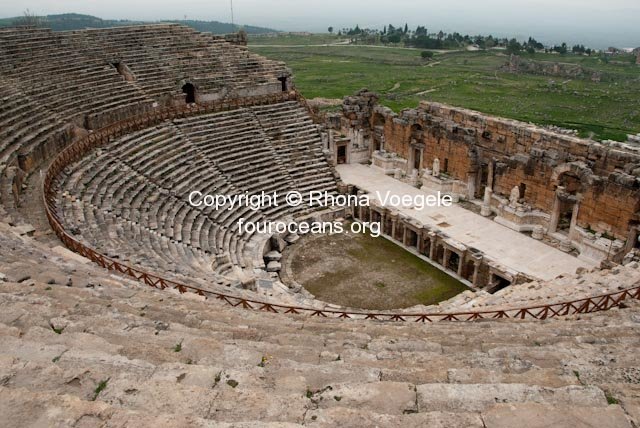
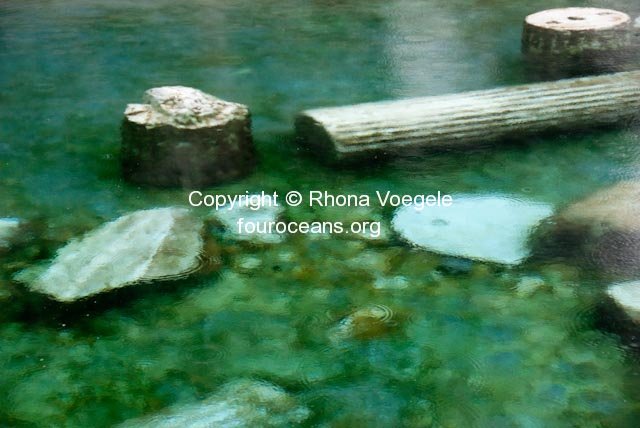
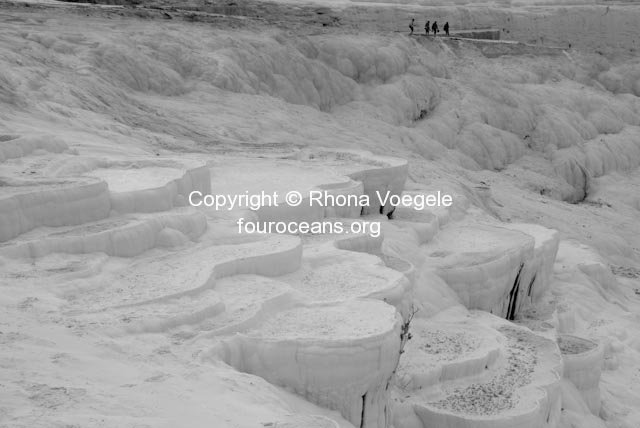
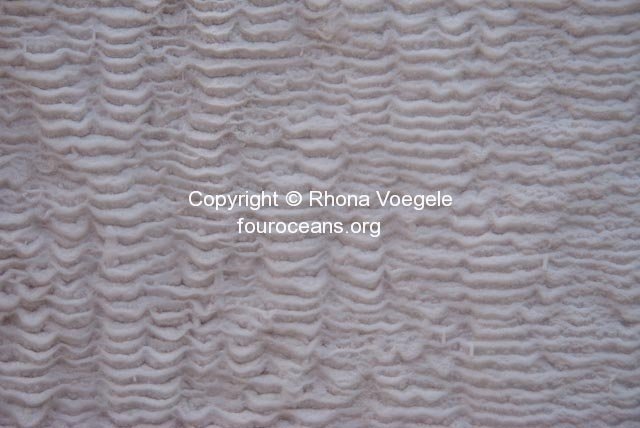
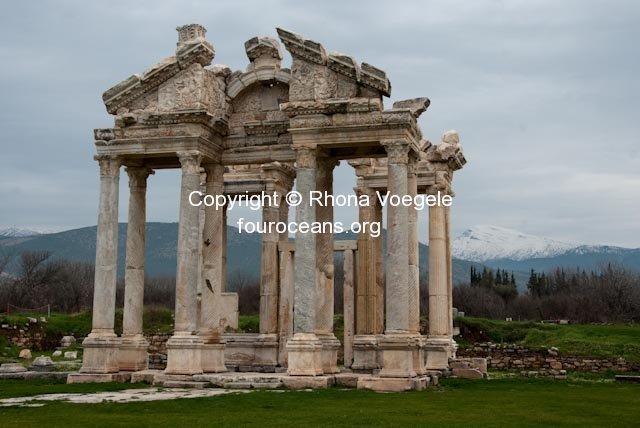
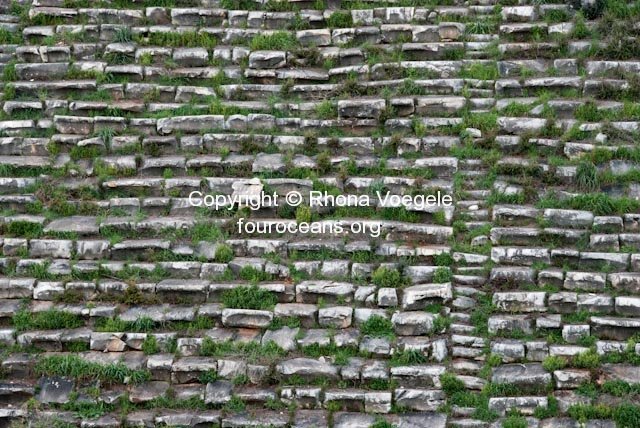
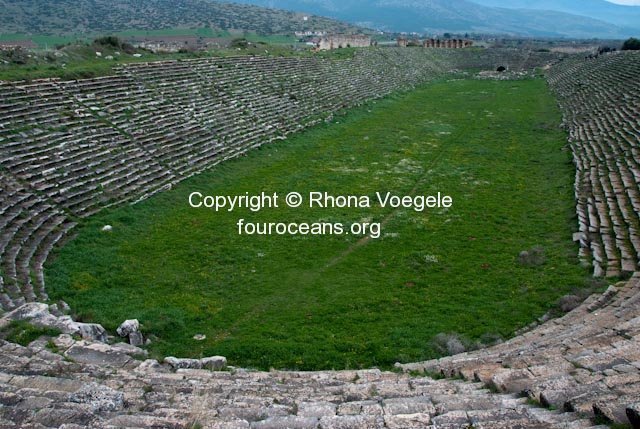
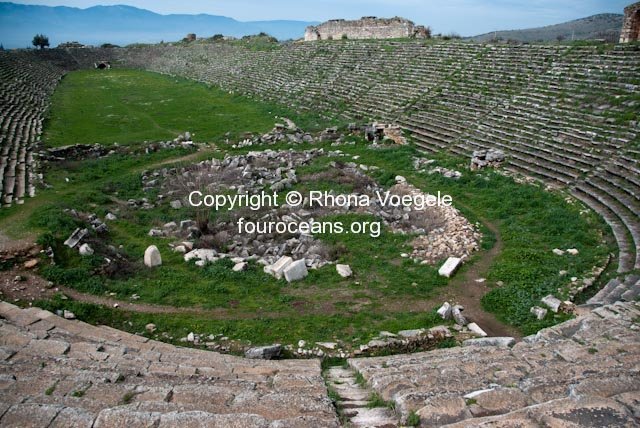
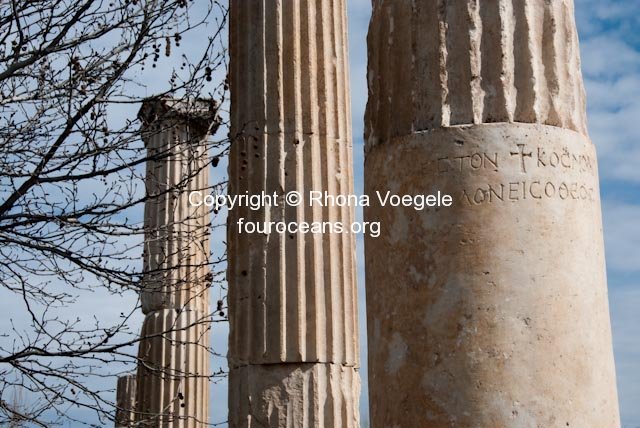
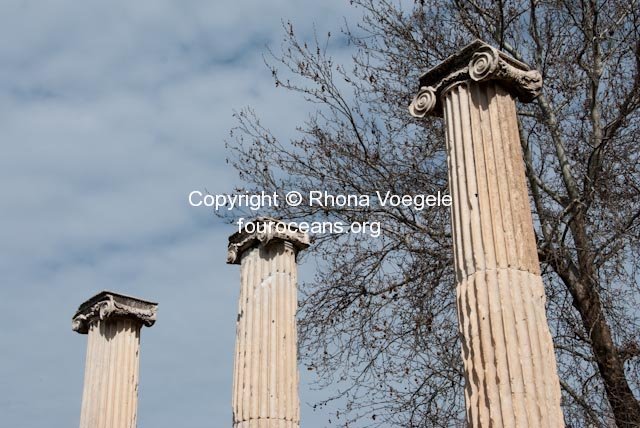
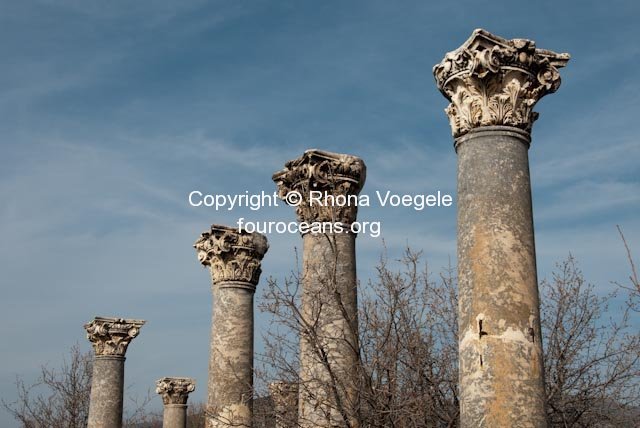
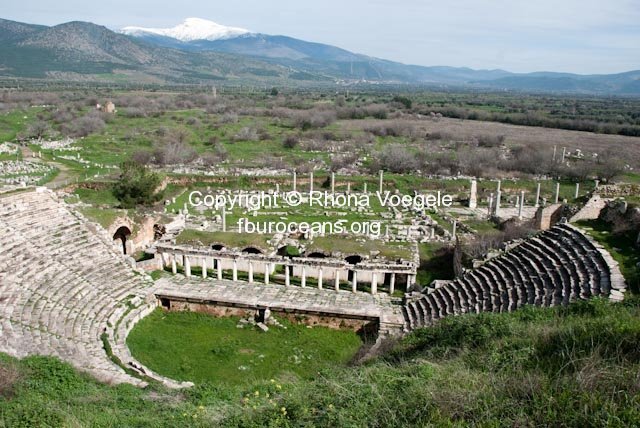
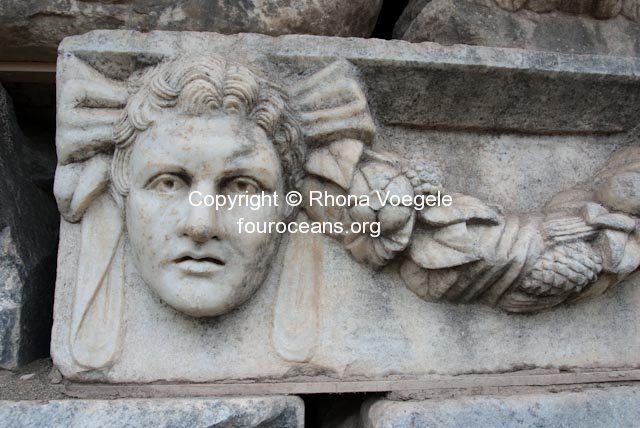
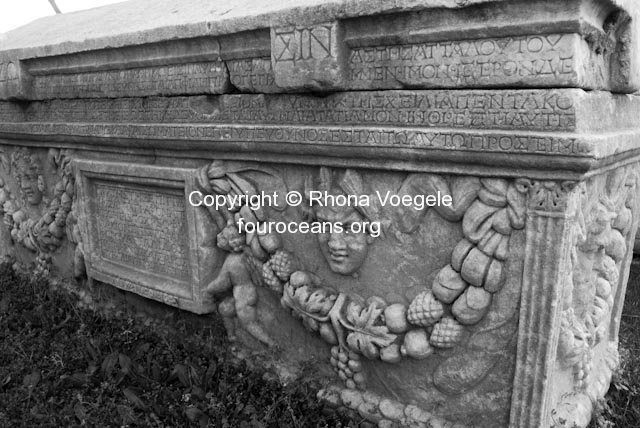
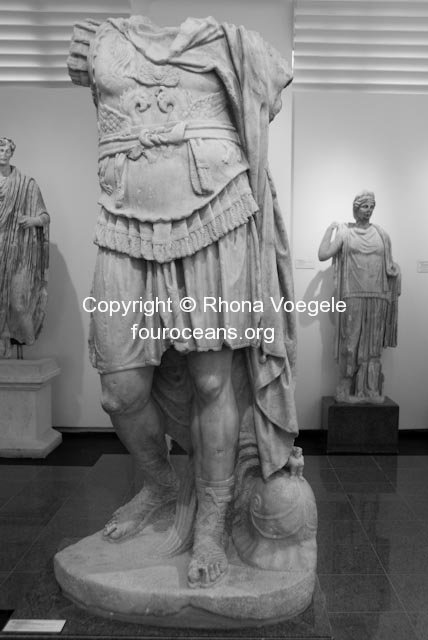
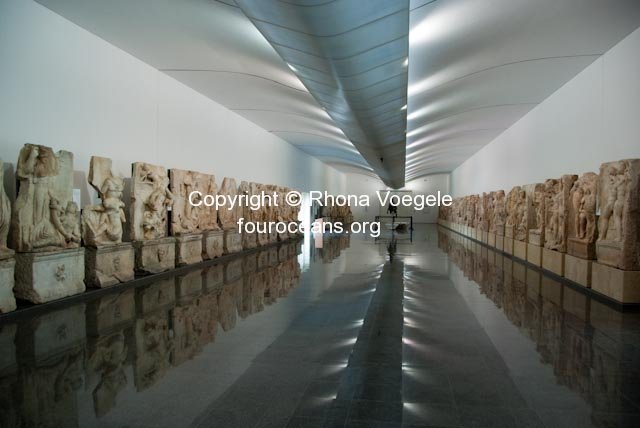
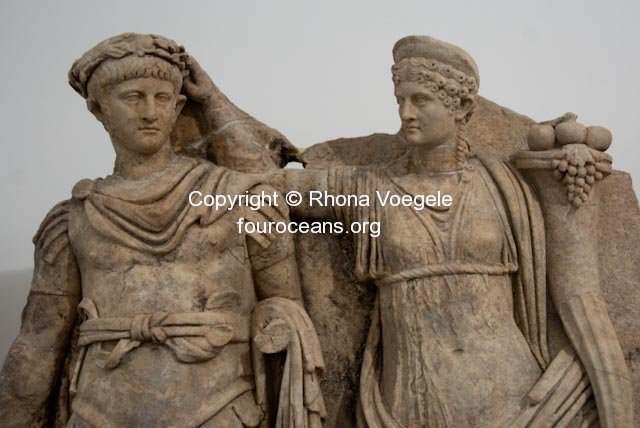
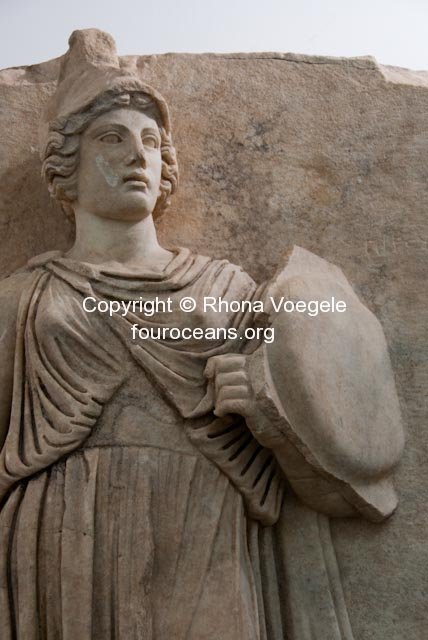
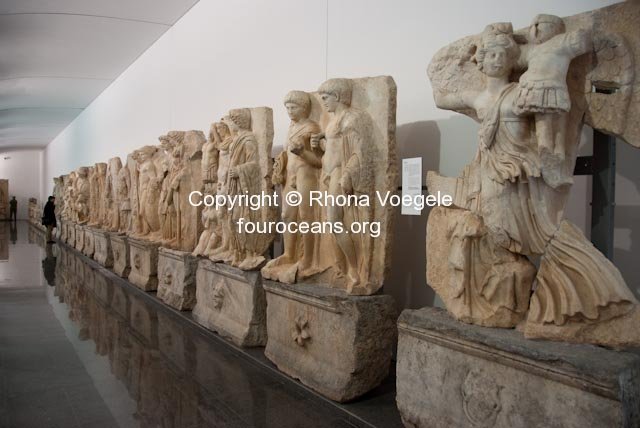
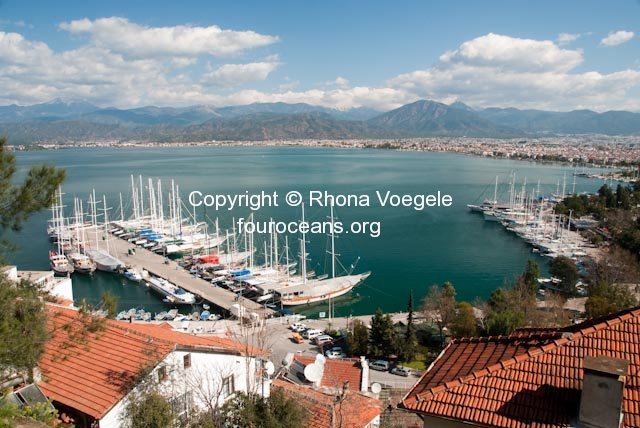
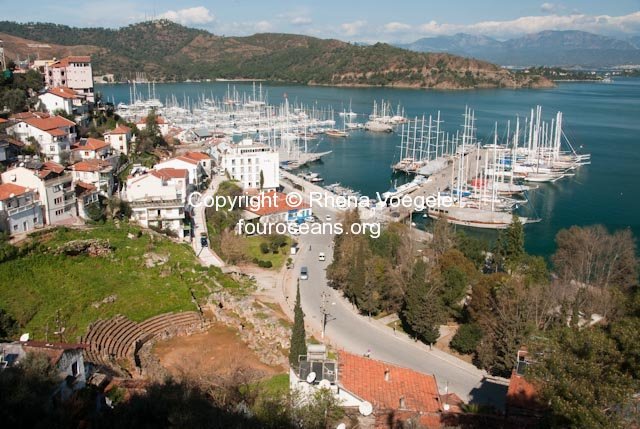
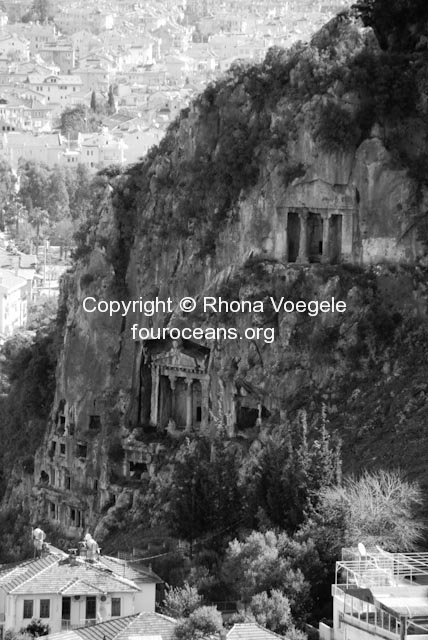
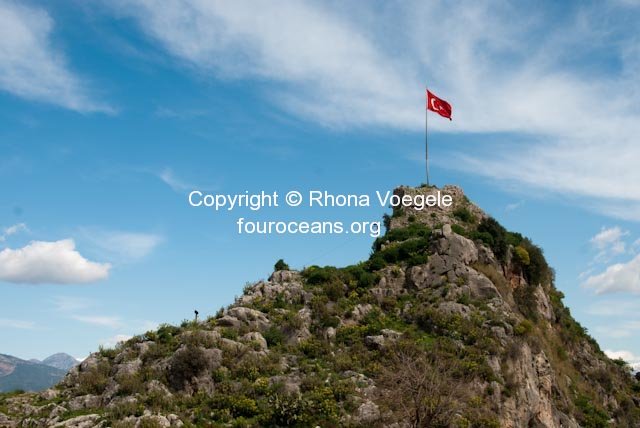
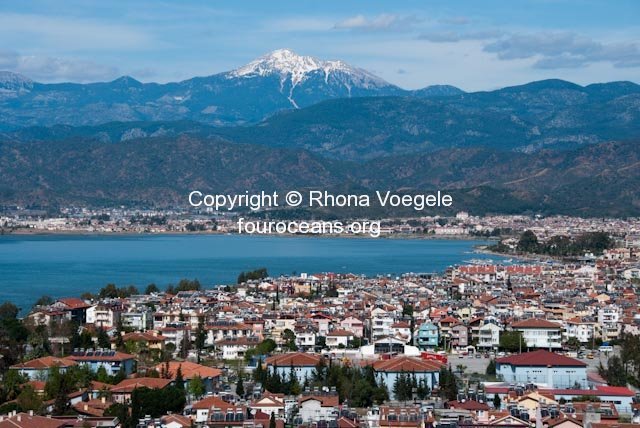
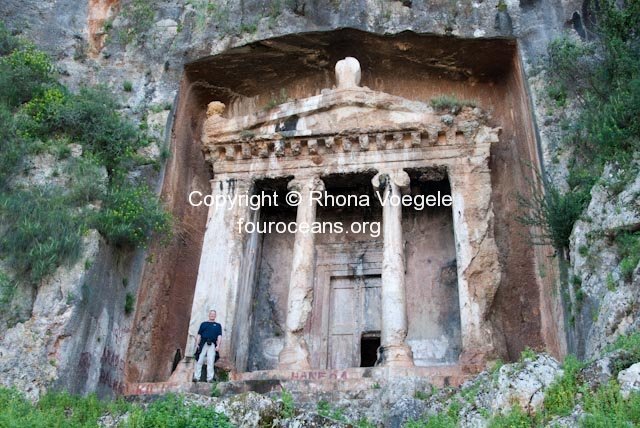
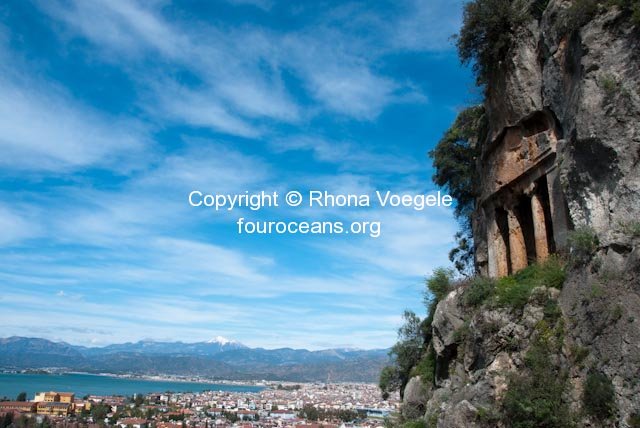
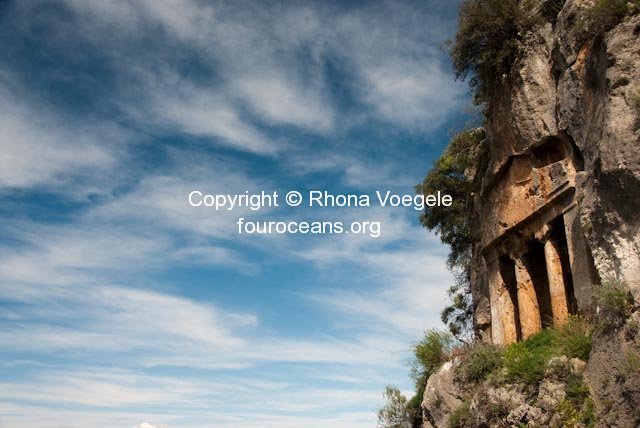
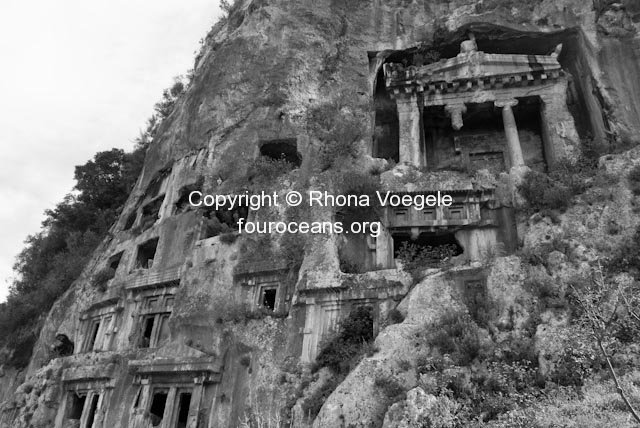

Leave a reply